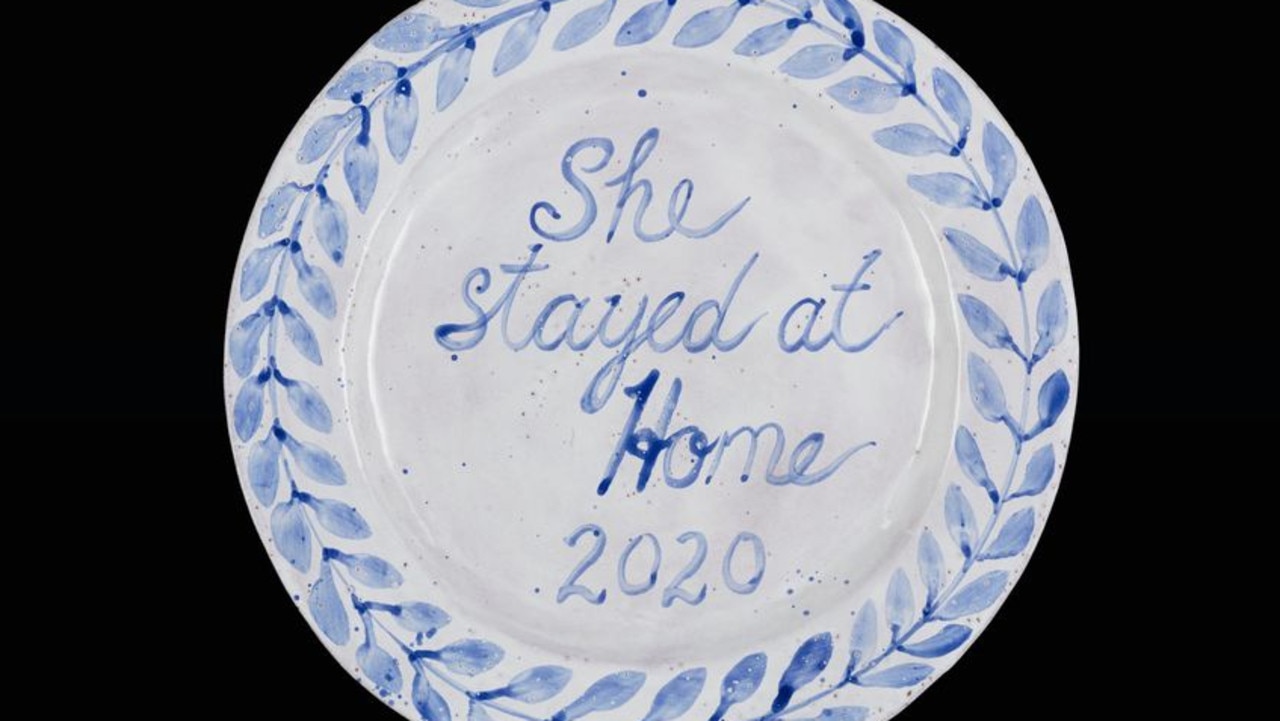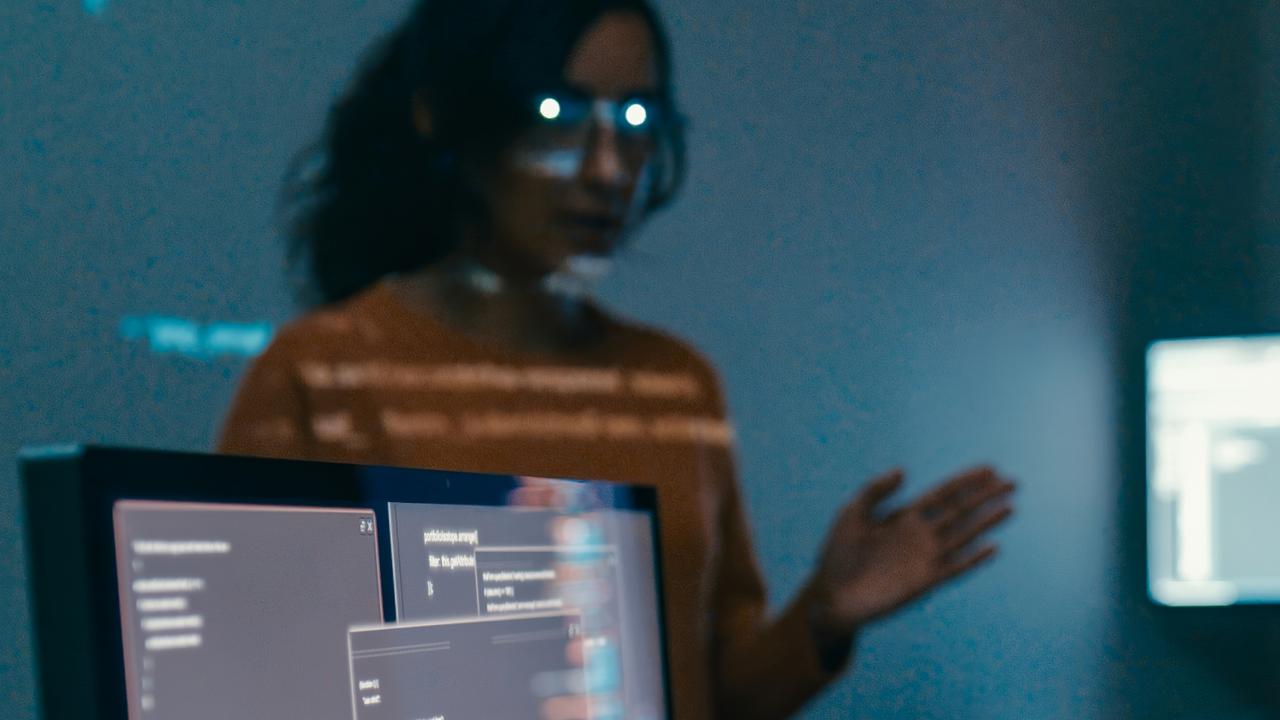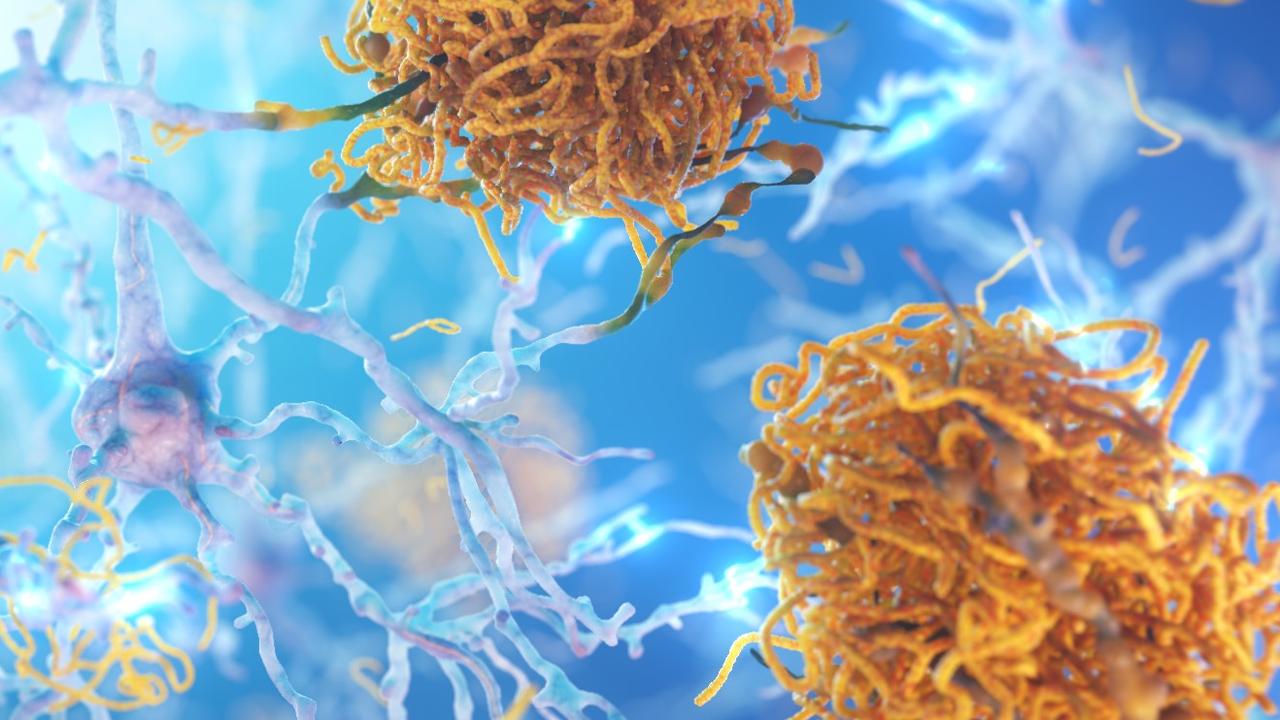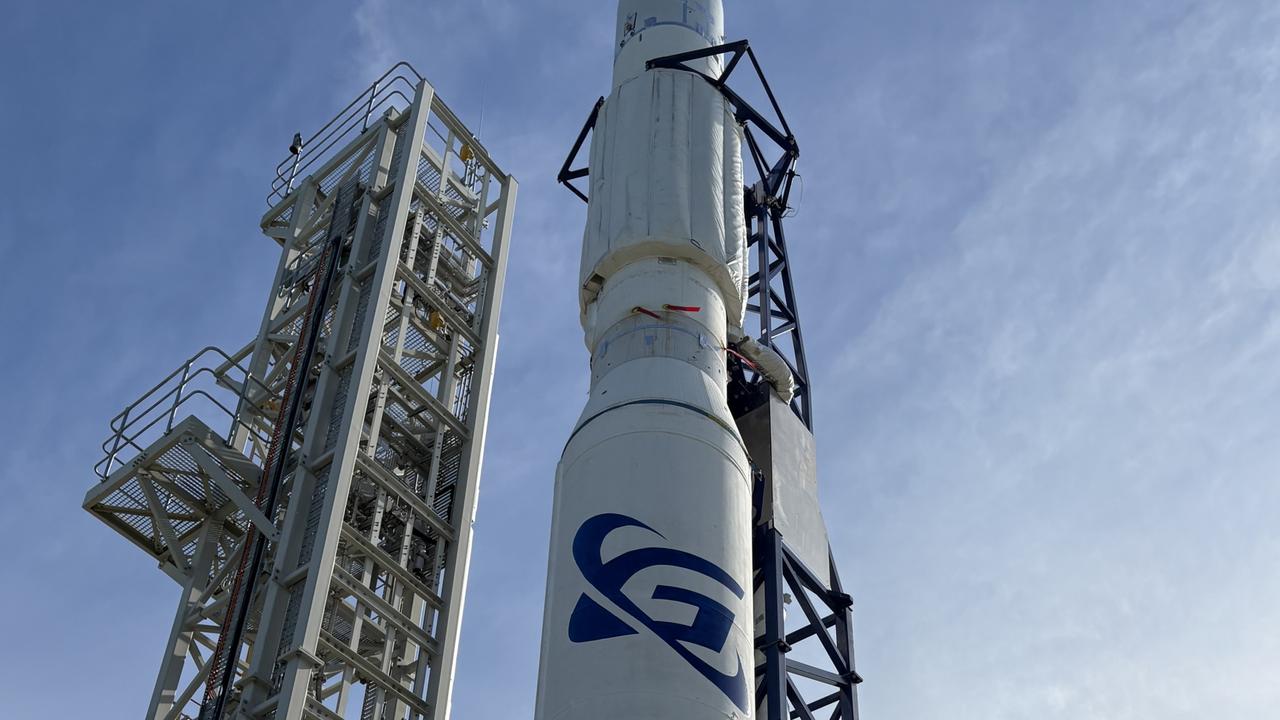Powerhouse Museum: Sex toys, empty trains in Sydney COVID exhibition
Sex toys, designer scrubs and health messages written on junk car bonnets will be displayed in an exhibition showing how COVID-19 has impacted Australia.
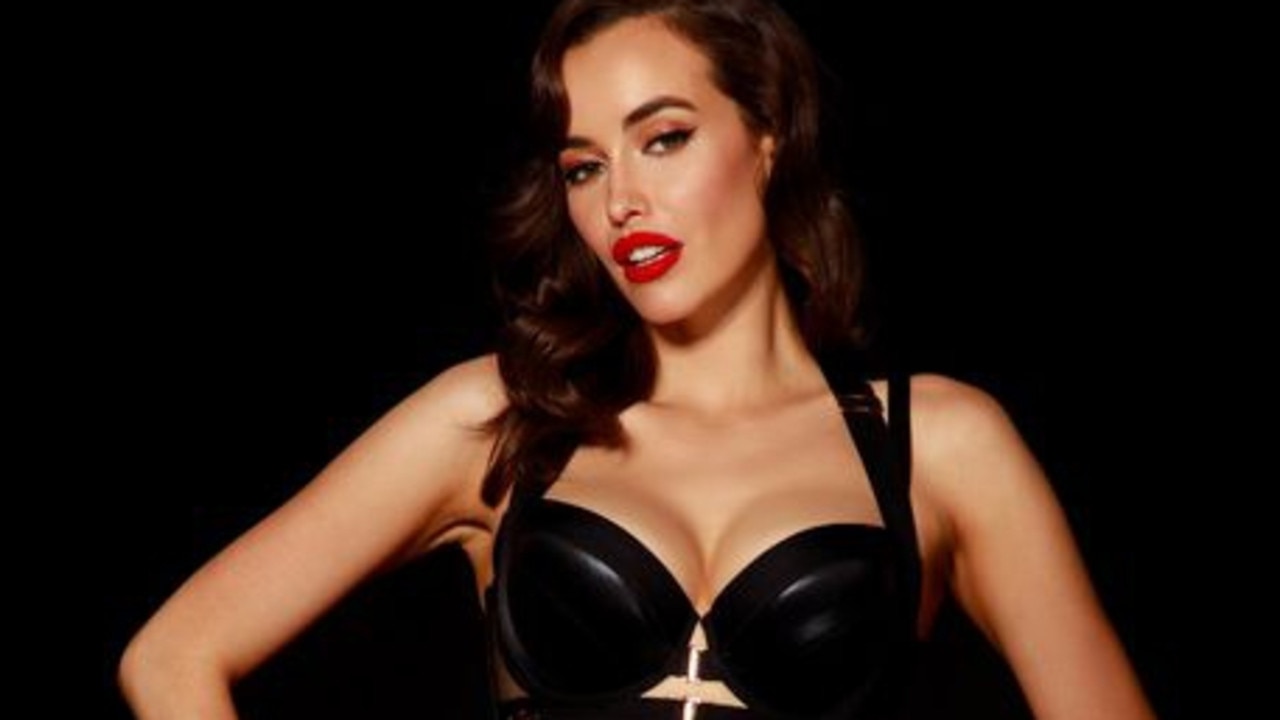
The Powerhouse Museum has launched a new online exhibit online that shows how Australia responded to the COVID-19 pandemic and its impact on the nation.
Photographs of empty trains, social distancing markers and closed play equipment form part of the collection, but the museum will also display lingerie, sex toys and designer scrubs.
As the country headed into lockdown, many stores faced the end of their business, but sales for luxury lingerie brand Honey Birdette soared, with Australians stocking up on adult toys and lacy underwear.
Curator Glynis Jones said the Kukuro lingerie set and Harley vibrator were the brand’s most popular items at the peak of the pandemic in Australia.
In her caption for the vibrator, she explained the toy reflected one part of the impact of lockdown on Australians, “providing them more time for sexual play and, in line with social distancing measures, an increased use of sex toys for self-pleasuring”.

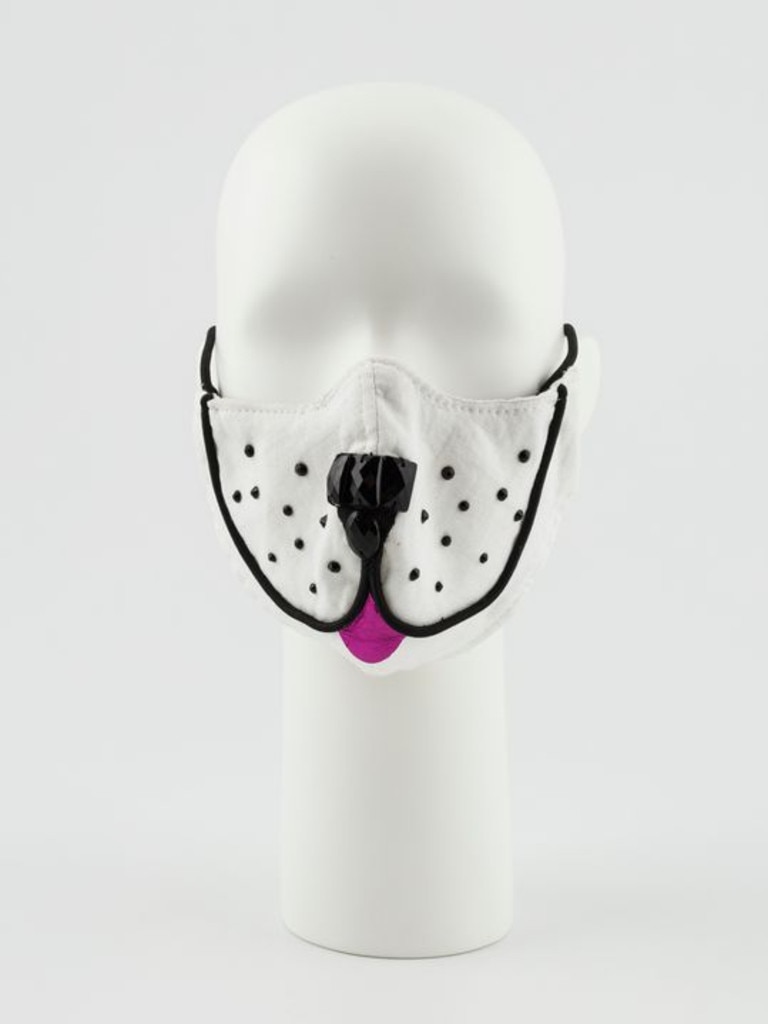

Similar reasoning applies to the inclusion of the Kukuro lingerie set, though Ms Jones said Honey Birdette had noted while the “dark S & M mood” of the set was popular at the height of lockdown, buyers later turned to a softer, more brightly coloured set as the pandemic started to ease, suggesting rising optimism.
Senior curator Roger Leong included a set of scrubs from Australian designer Cue, which were made for staff at St Vincent’s Hospital.
The pivot from Cue, which had been unable to continue manufacturing clothing as it was not an essential service, was able to keep workers employed and help the hospital, which was facing unprecedented demand for all forms of PPE – including scrubs.
Mr Leong said the scrubs were an example of “one of the many ways in which Australian companies adapted to the COVID-19 pandemic”.
Cue was not the only designer to make a major change during the pandemic.
Milliner Neil Grigg went from producing high-end hats to creating fashionable face masks.
“His ‘Puppy’ mask plays on the close bonds between people and pets – particularly for those who are isolated,” Ms Jones explained in the exhibition.
A series of photographs from Sydney-based artist Katherine Lu show how the pandemic, and in particular the strict restrictions on movement, impacted the city.
One image shows an empty light rail, while another shows the “Blessing Box” in Newtown, which in normal times provides free food and essentials to refugees but during the pandemic supported others in financial need.
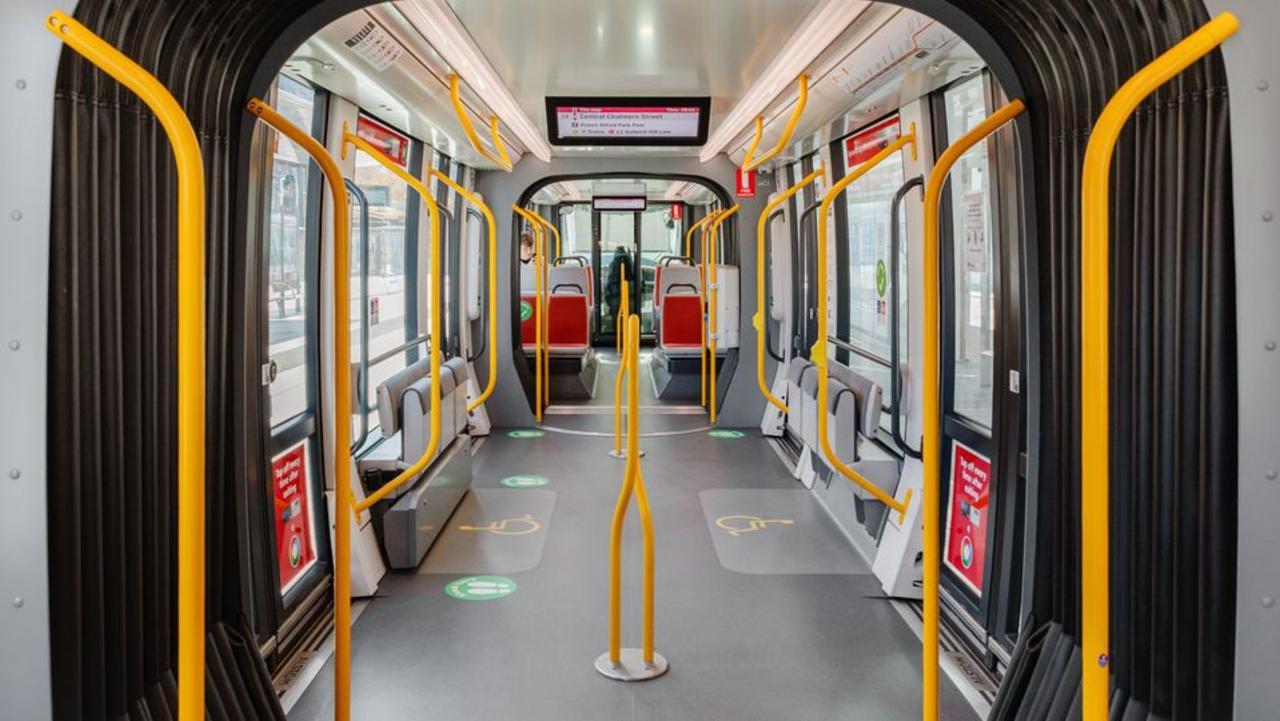

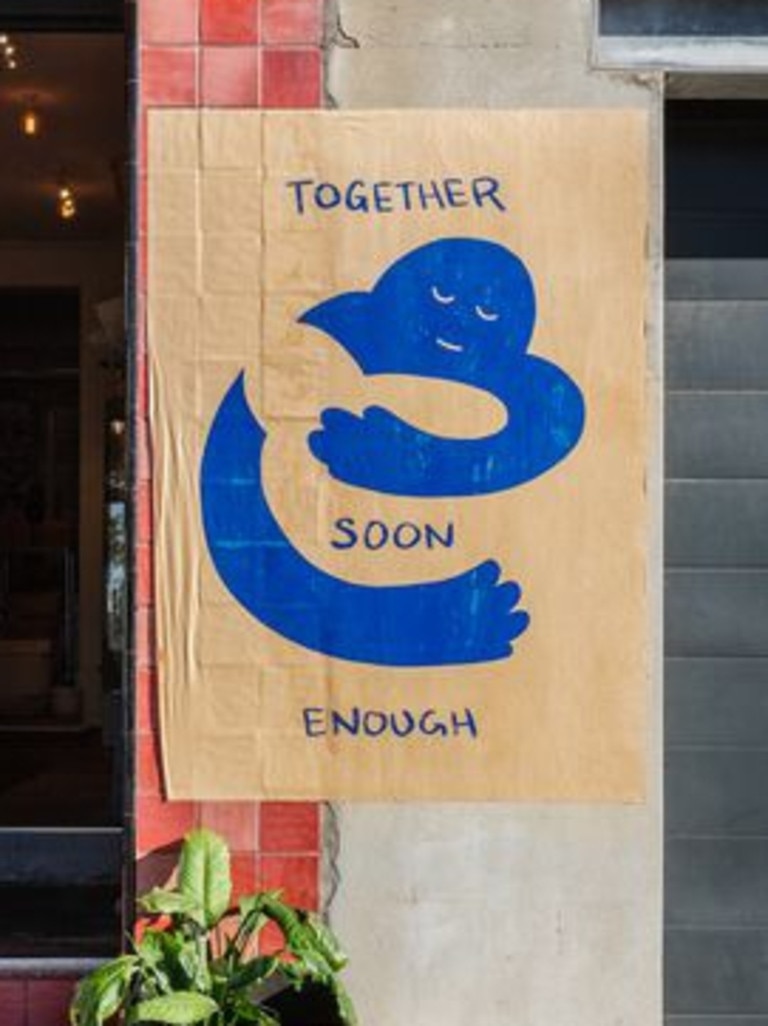
The photographs show X markings along footpaths, Deliveroo riders pedalling along empty streets and notices outside places of worship dictating how many people can come inside and health precautions that must be taken inside the building.
As the collection grows, the museum will also work with The Westmead Institute for Medical Research to collect medical and scientific material to show the development of a vaccine, contact tracing technology and stories from researchers and patients.
The Powerhouse Museum, also known as the Museum of Applied Arts and Sciences, will also display “bush billboards” made from junk car bonnets that communicate safety messages in Pitjantjatjara language to members of the Anangu community (APY lands) in the remote northwest of South Australia.
Learning-from-home teaching material in a variety of languages will also be displayed, as will video reflecting the adaptation to online performances and social events.
The COVID collection can be viewed online.
